An effective oil spill kit is essential for managing spills and preventing environmental damage. Key components...
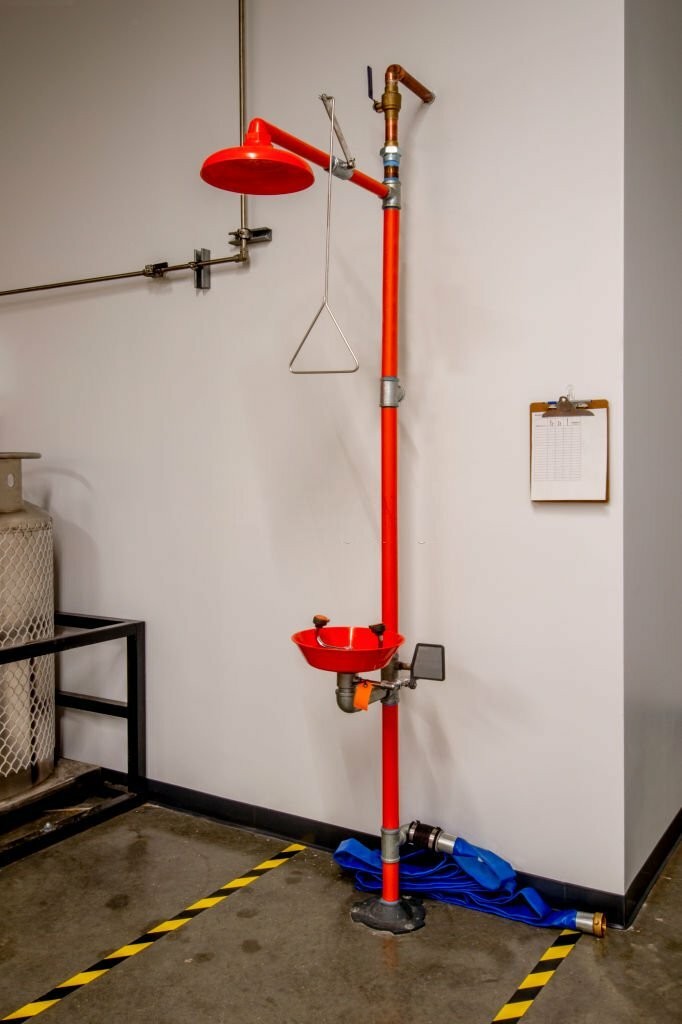
Understanding Safety Showers: What they are and how they work
In workplaces where hazardous chemicals are handled, safety is very important. In the event of accidental exposure to harmful substances, quick and effective decontamination is essential to minimise injury. Safety showers are a critical component of any safety plan in such environments. This article will dive into what a safety shower is and how it functions to protect the well-being of workers.
What is a Safety Shower?
A safety shower, also known as an emergency shower or decontamination shower, is a specialised fixture designed to provide immediate and continuous drenching of a person exposed to hazardous chemicals or materials. Its primary purpose is to quickly wash off harmful substances from the body to prevent chemical burns, eye damage, or other serious injuries that can result from chemical contact.
Safety showers are typically found in laboratories, industrial settings, chemical manufacturing plants, and research facilities where the risk of chemical spills or exposure is present. They are a vital component of workplace safety, mandated by safety regulations and guidelines in many countries.
How Does a Safety Shower Work?
1. Activation Mechanism:
Safety showers are engineered for rapid activation. When an individual is exposed to hazardous chemicals or materials, every second counts. They are equipped with a pull chain, push lever, or sensor system that initiates the flow of water as soon as activated. This ensures immediate access to water without any delay.
2. Water Flow and Coverage:
Upon activation, safety showers release a significant volume of water at a controlled temperature, usually between 60°F (16°C) and 100°F (38°C). The water flow rate is regulated to provide sufficient coverage to drench the affected person thoroughly. The large volume of water helps dilute and rinse away the chemical contaminants.
3. Eyewash and Face Wash Features:
Many safety showers are equipped with additional eyewash and face wash nozzles. These components are designed specifically for rinsing the eyes and face, which are particularly vulnerable to chemical exposure. Eyewash and face wash features ensure comprehensive decontamination.
4. Duration of Operation:
Safety showers are designed to operate continuously until manually turned off. This ensures that the affected person can remain under the shower for an adequate duration to thoroughly rinse off the chemicals. The recommended duration for using a safety shower is usually at least 15 minutes.
5. Drainage System:
Safety showers are equipped with a drainage system that collects and directs the contaminated water away from the affected individual to prevent recontamination. This water is typically directed to a designated hazardous waste disposal area to prevent environmental contamination.
6. Location and Accessibility:
Safety showers must be strategically located within the workplace to ensure easy and rapid access. They should be clearly marked, well-lit, and easily visible to all employees.
Employees should be trained on the location and proper use of safety showers.
7. Maintenance and Inspection:
Regular maintenance and inspection of safety showers are crucial to ensure their functionality. This includes checking for blockages, verifying water temperature, and confirming proper water flow rates. Routine inspections help identify and address any issues before they become critical.
In conclusion, safety showers are a fundamental safety measure in environments where hazardous chemicals are present. They serve as a crucial first line of defence against chemical exposure and can significantly reduce the severity of injuries in the event of an accident. Understanding what safety showers are and how they work is essential for both employers and employees in ensuring a safe working environment and quick response to emergencies. Proper training and routine maintenance of safety showers are key to their effectiveness in safeguarding human health and preventing workplace accidents.


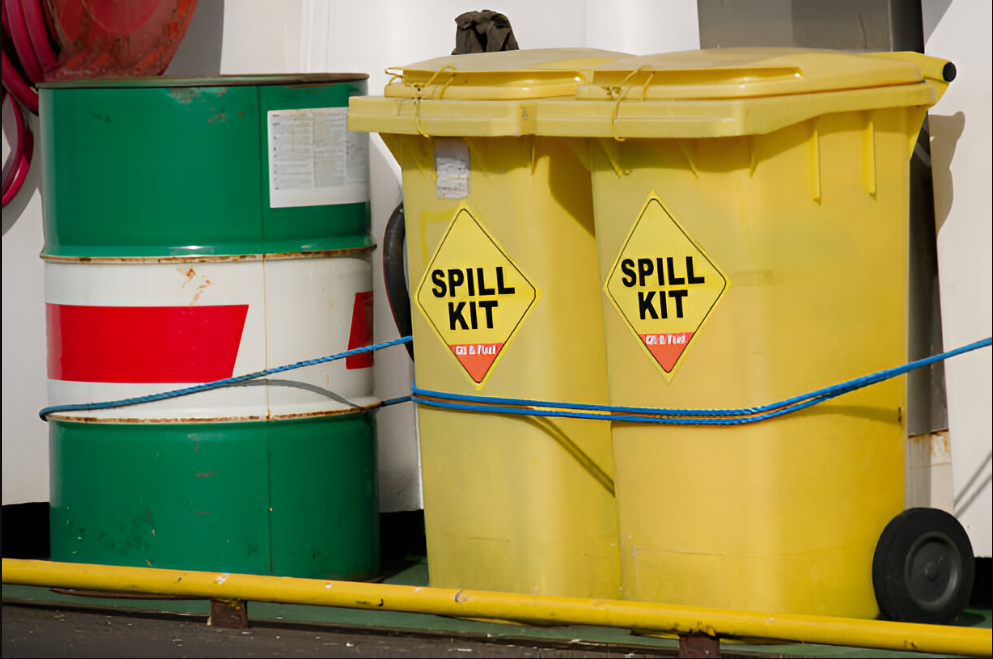
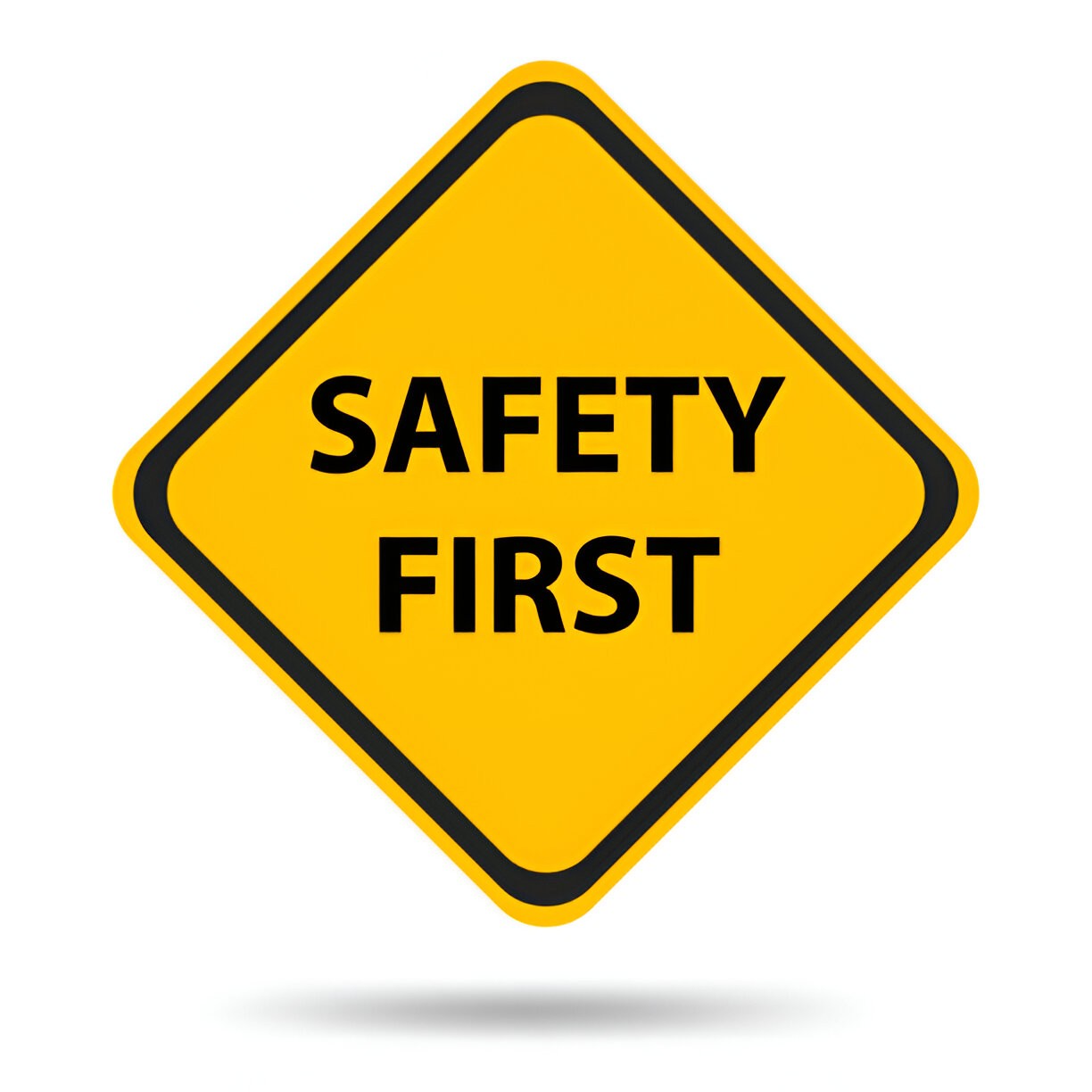

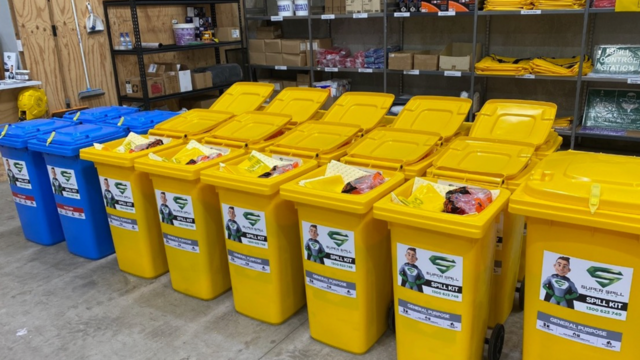
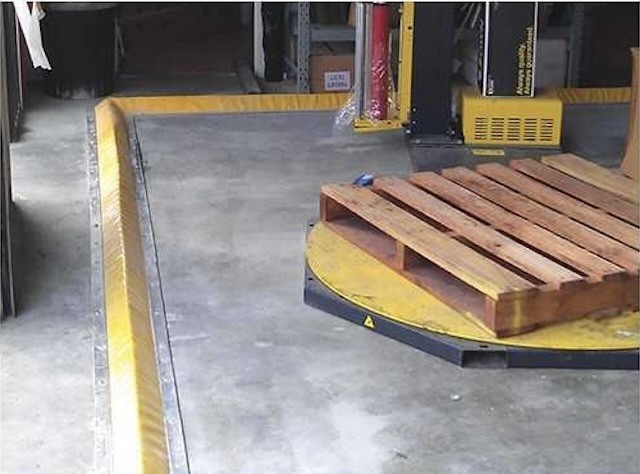

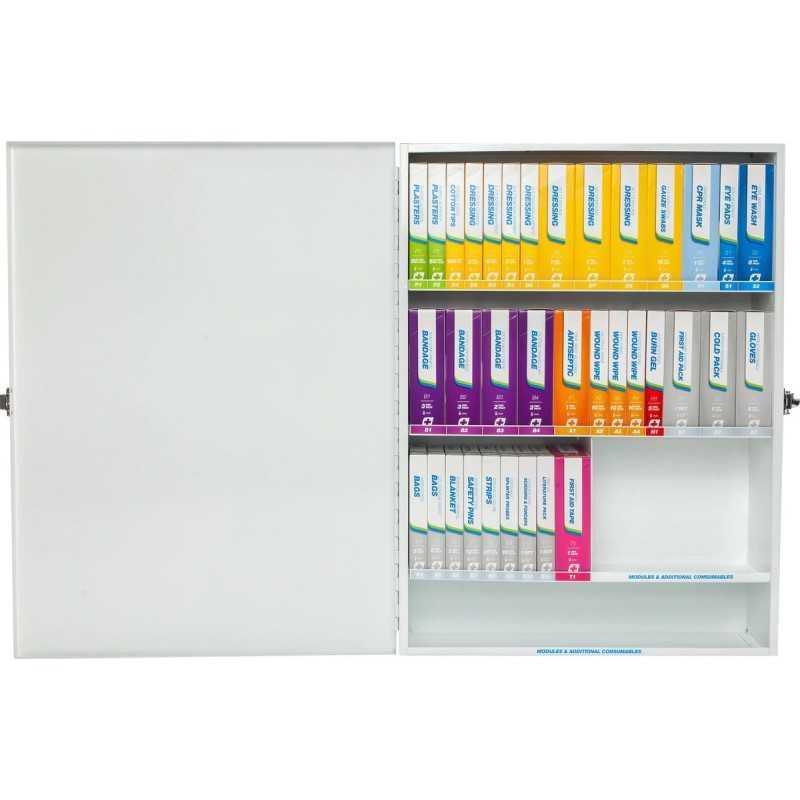
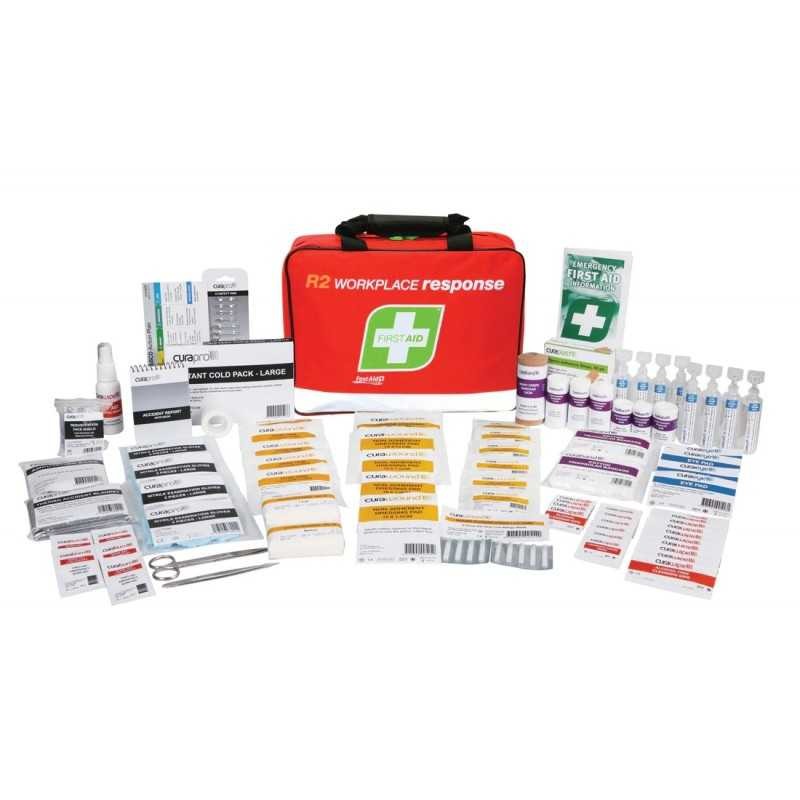
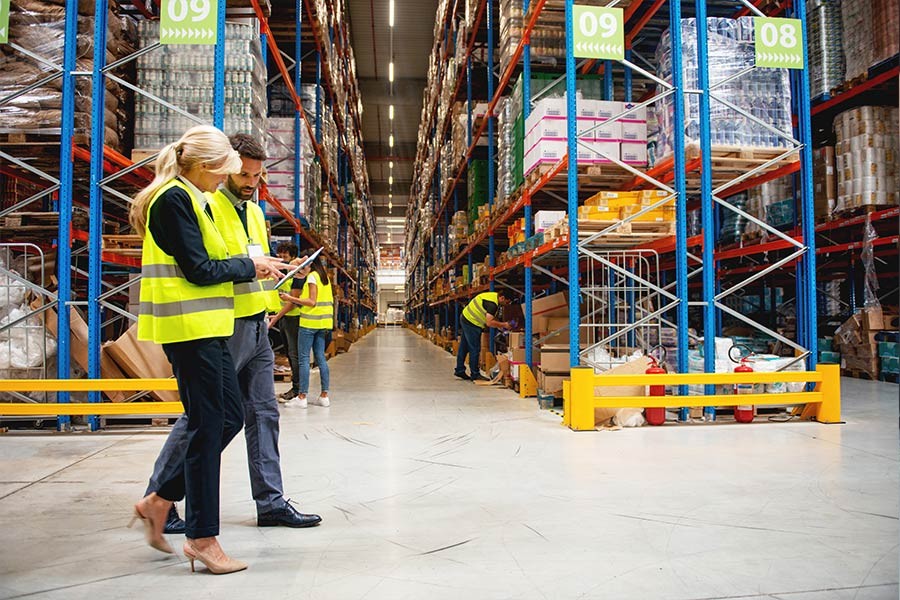
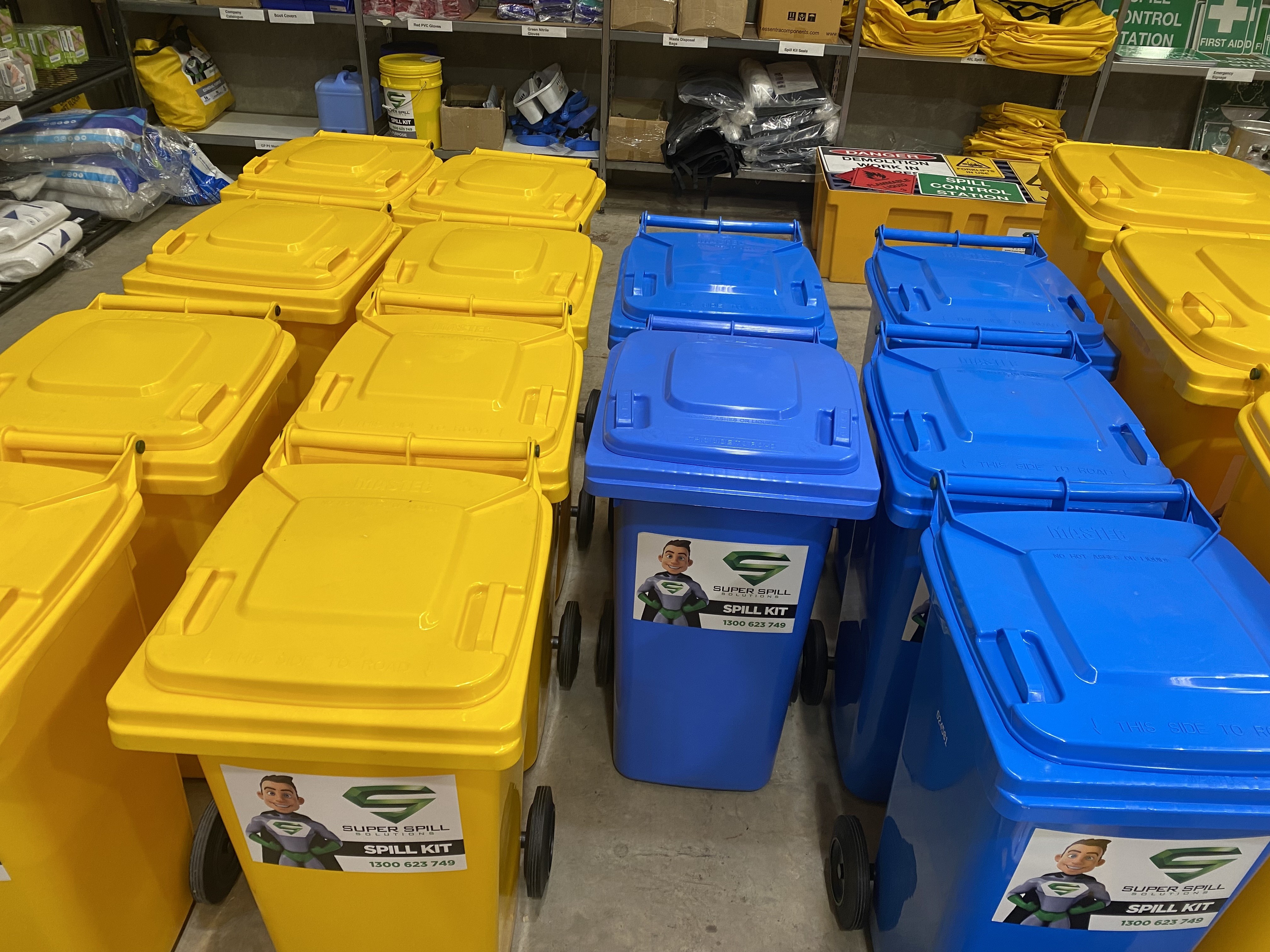
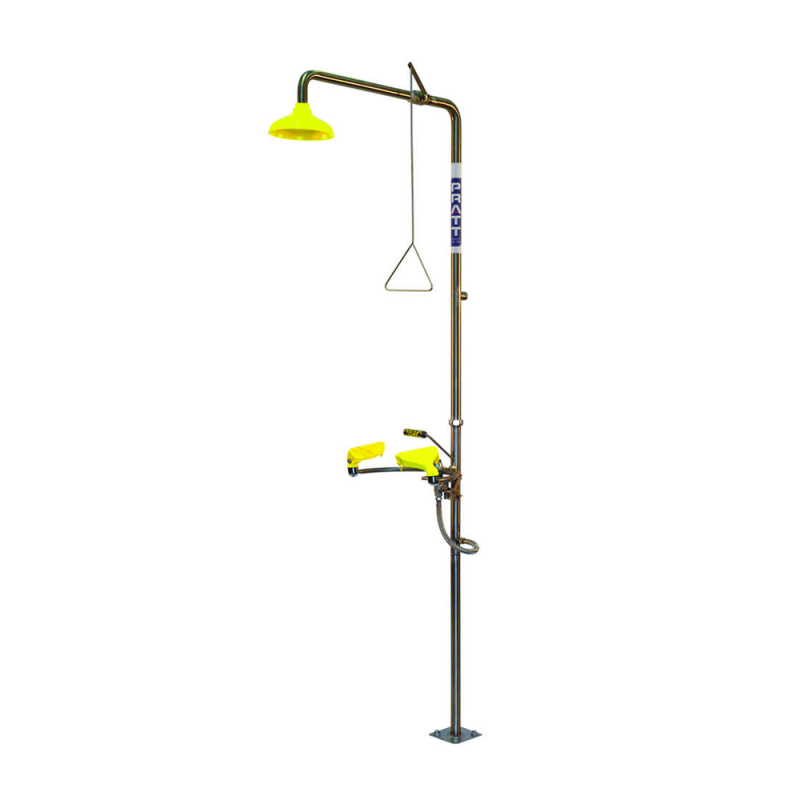
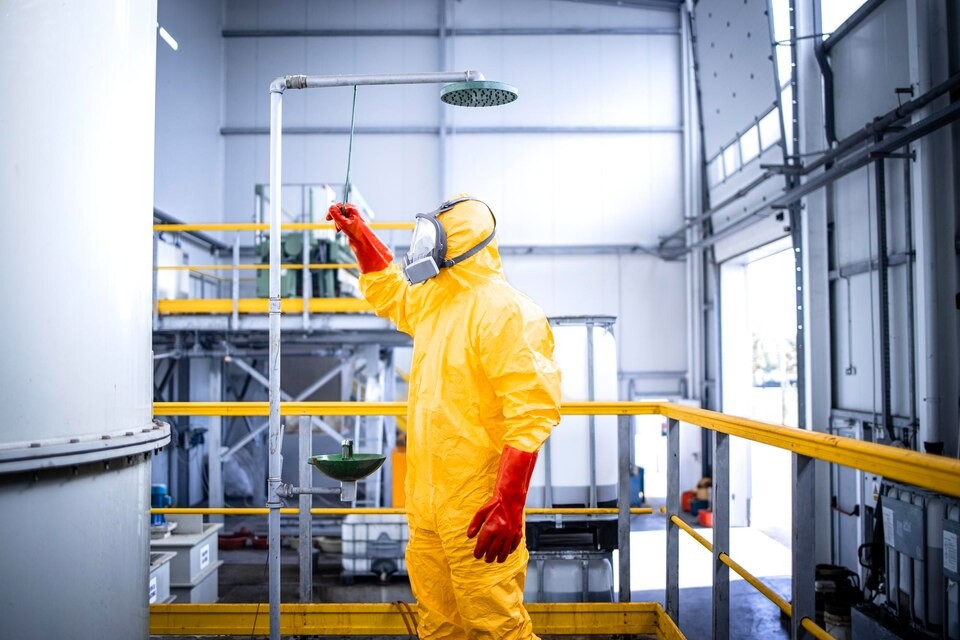
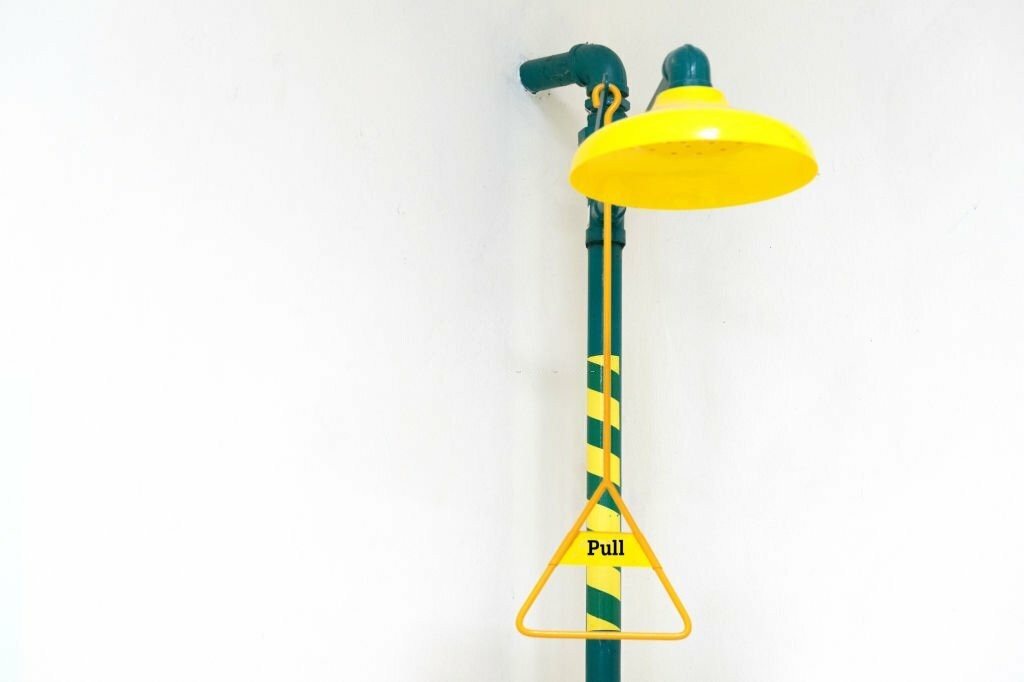
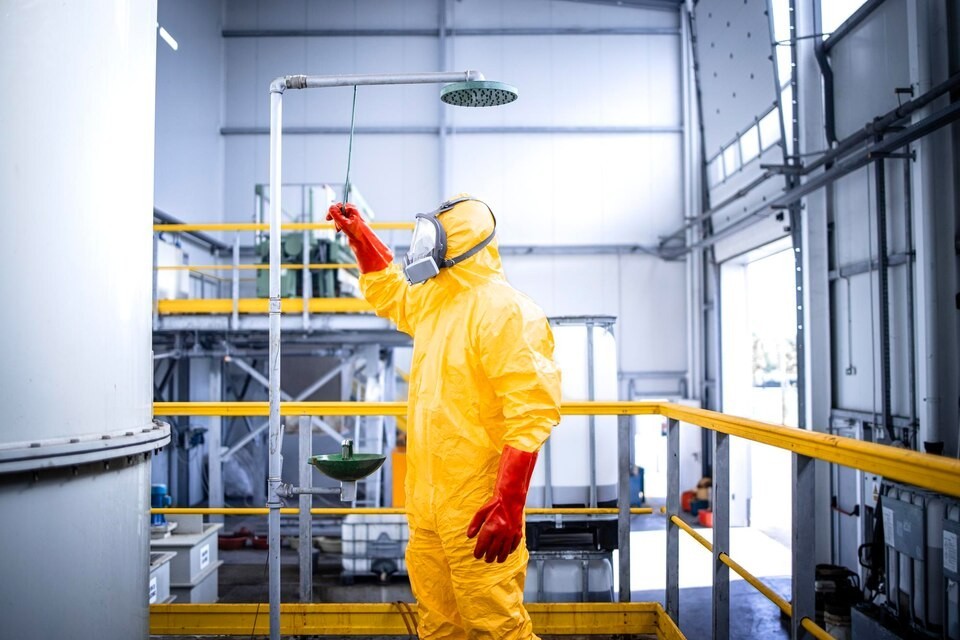
Leave a comment